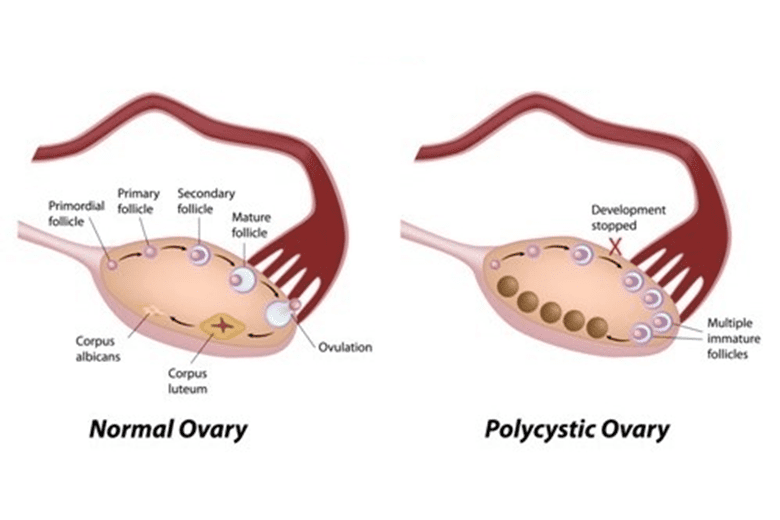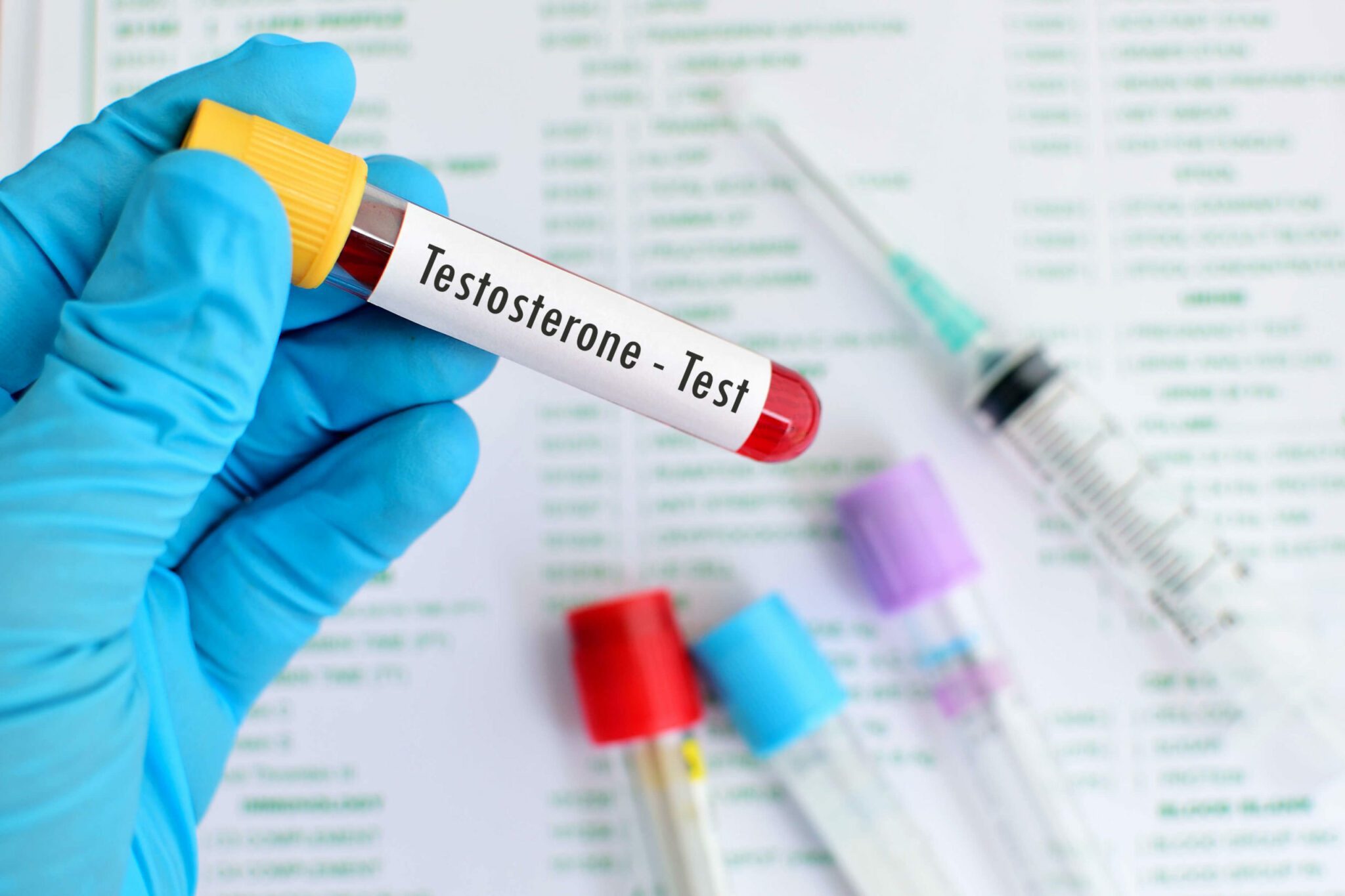Do Polycystic Ovaries Equal PCOS?


- Polycystic ovaries (PCO) are formed when an egg follicle matures but does not contain an egg meaning there is no ovulation.
- These empty, mature follicles leave a ball and look like a “string of pearls’ on the ultrsound
- PCO are normal and do not mean you have PCOS.
- PCOS is only diagnosed when you have polycystic ovaries as well as either irregular periods and / or high levels of male hormones.
What are polycystic ovaries?
Polycystic ovaries are ovaries that contain a high density of partially mature follicles, usually diagnosed via ultrasound.
Polycystic ovaries occur when a follicle starts to mature during the first phase of a woman’s menstrual cycle but isn’t released, i.e. there is no ovulation. Normally, any partially mature follicles are reabsorbed by the ovaries. However, if many follicles reach full maturity but do not release their egg – i.e. if a woman experiences multiple cycles in which she does not ovulate (known as “anovulatory” cycles) – the ovaries struggle to reabsorb them and so they remain in the ovary in the form of follicular cysts. Note: these are not actually “cysts” but immature follicles. You can read more about ovarian cysts here.
The immature follicles are usually oriented along the periphery (inner edge) of the ovary, appearing as a “string of pearls” during ultrasound.
Why are polycystic ovaries not the same as Polycystic Ovary Syndrome (PCOS)?
PCO are a normal variant of a woman’s ovaries. Not everyone with PCO has PCOS, nor do all women with PCOS have polycystic ovaries.
In order to be diagnosed with PCOS, a woman must exhibit at least two of the following symptoms:
- Irregular (oligo-ovulatory – infrequent ovulation, or anovulatory – no ovulation) cycles
- Elevated levels of testosterone or other androgen hormones and their related physical symptoms such as excess body hair and acne
- Polycystic ovaries
Sources
- Marrinan, Greg (20 April 2011). Lin, Eugene C, ed. “Imaging in Polycystic Ovary Disease”. eMedicine. eMedicine. Archived from the original on 8 November 2011. Retrieved 19 November 2011.
- Azziz R (2006). “Controversy in clinical endocrinology: diagnosis of polycystic ovarian syndrome: the Rotterdam criteria are premature”. J. Clin. Endocrinol. Metab. 91 (3): 781–5. doi:10.1210/jc.2005-2153. PMID 16418211.
- Rotterdam ESHRE/ASRM-Sponsored PCOS consensus workshop group (2004). “Revised 2003 consensus on diagnostic criteria and long-term health risks related to polycystic ovary syndrome (PCOS)”. Hum. Reprod. 19 (1): 41–7. doi:10.1093/humrep/deh098. PMID 14688154.













































